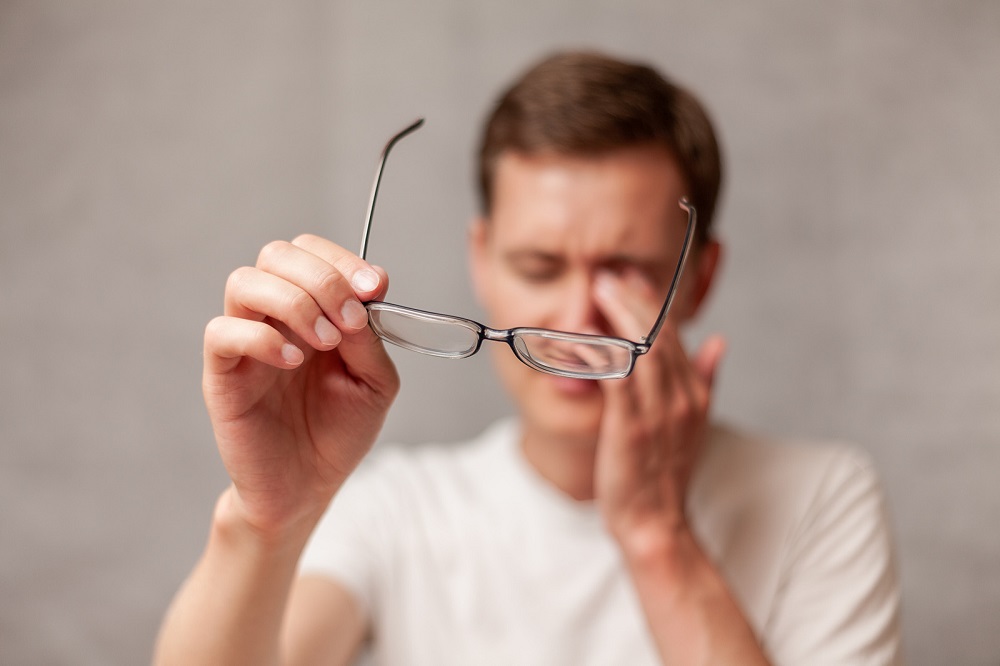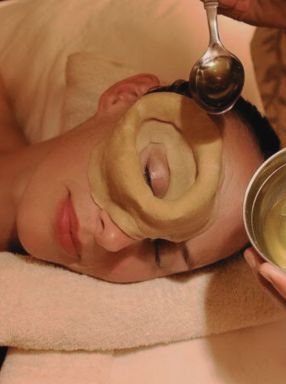Effective Ayurvedic Eye Care Treatments
at Sai Ayush Ayurveda Hospitals
Eye Care
Dry eyes are caused by a reduction in tear gland fluid production, which prevents tears from fulfilling their duties and impairs vision. When the eyes become dry, irritation may occur.
Ayurveda, among other things, has been demonstrated to be useful in treating cataracts, glaucoma, dry eye syndrome, and macular degeneration. Ayurvedic eye treatment for dry eyes may totally eliminate the illness, as evidenced by numerous case studies.
Ayurvedic cataract treatment
Cataract is known as timira or linga nasha in Ayurveda. The occurrence of this ailment is thought to be caused by aggravated Vata. Vision becomes obstructed as the lens of the eye loses its transparency. Vata has the ability to cause things to dry up. A cataract is the medical term for this problem.
If discovered early, Ayurveda can provide essential assistance in cataract management and natural treatment. The goal of Ayurvedic eye treatment is to lessen irritated bodily energies while also nourishing and strengthening the nerves and tissues of the eye. To treat cataract, various herbal ayurveda drugs are used:

In Ayurveda, Maha Triphala ghrita is commonly used to treat cataracts. Triphala nourishes and strengthens the eyeball’s nerves and other structures, whilst ghee is thought to regulate inflamed Vata.
In the evening, take a tumbler of triphala choorna and mix it with a glass of water. Set aside for 12 hours, covered. Use this filtrate to wash your eyes as well as to take internally.
Chandrodaya varti is an Ayurvedic external medicine used to treat cataracts. It can be used on the eyes. It produces lacrimation in the eyes and improves blood circulation due to its mildly irritating nature.
Ayurvedic treatment for eyes is to balance the vata dosha in the body and the eyes, ease symptoms of dry eyes, correct the digestive fire, and promote body lubrication.
Dry eye syndrome can be treated with the following medications and therapies:
Nasya: It’s a blend of recommended herbs and oil drops. When treating the central nervous system, it is a must-have treatment. Dryness is at the core of many respiratory and allergy problems, and this panchakarma for the eyes eliminates it.
Netradhara is an effective treatment for computer vision syndrome, dry eyes, and eye irritation. The eye is treated with a filtered medicinal decoction.
Shirodhara: For total relaxation, a constant trickle of oil, milk, or medicated buttermilk is applied to the third eye. Shirodhara is a panchakarma ayurvedic eye treatment.


Snehapana: This therapy entails drinking a large amount of medicated ghee. Snehapana is administered to the patient in accordance with his or her digestive system. Snehapana can last anywhere from 3 to 7 days, depending on the individual’s body type.
Sneha Virechana: This therapy is administered to the patient after a thorough lubrication of the body with ghee. In this condition, the patient has a day of loose motion, which results in the required cleaning of the entire body.
Tarpana: In this technique, an oily substance is applied to the eyes for a set period of time after flour is used to build the wall enclosing the eyes. Panchakarma eye treatment can help with degenerative, inflammatory, and chronic eye conditions.
A high salt intake or a lack of vitamins can also produce dry eyes. Check your levels of vitamin A, which can be gotten from plant foods like vegetables and fruits. Stop smoking to alleviate the symptoms of dry eyes.
Discover exceptional Ayurvedic eye care therapy at Sai Ayush Ayurveda Hospital! With 40+ years of experience, our expert doctors specialize in Kerala Panchakarma Treatment, ensuring optimal eye health. Enjoy 24/7 doctor availability, female doctors, and continuous follow-up support. Experience the best in Kerala Ayurveda Panchakarma at our exclusive facility designed to serve you. Don’t let vision issues hold you back; contact us today and start your journey towards better eye health and well-being.
Frequently Asked Questions
What types of eye treatment in Ayurveda are offered at Sai Ayush Ayurveda Hospital?
Is there the best ayurvedic medicine for eye vision improvement at Sai Ayush Ayurveda Hospital?
What is the best medicine for eyesight improvement available at Sai Ayush Ayurveda Hospital?
4. Can Sai Ayush Ayurveda Hospital provide cataract treatment in Ayurveda, and what is the best ayurvedic medicine for eye cataract improvement?
Does Sai Ayush Ayurveda Hospital offer the best ayurvedic medicine for dry eyes?
How does ayurvedic medicine to improve eyesight work, and is ayurvedic therapy to improve eyesight effective?
Testimonials
Surya
Sai Teja
John D
Fill out this form for booking online.
Appointment
Make Your Appointment
Make sure to note down the appointment date, time, and location provided by the clinic. Set reminders on your calendar or set an alarm to ensure you are punctual and do not miss your appointment.
Customer Service
+91 84668 82266
WhatsApp Now
+91 84668 82266
Subscribe Now
SaiAyush Ayurveda

